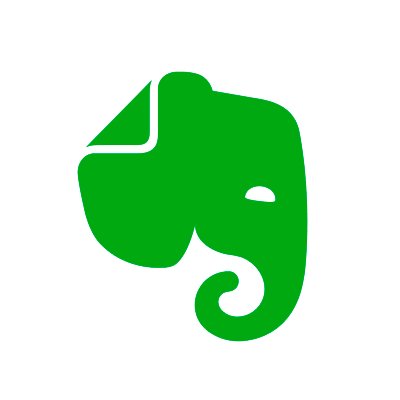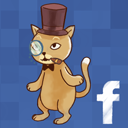This Power Couple Started A $2.4M/Year Marketing Agency In 120 Days
Hello! Who are you and what business did you start?
Hi everyone! I'm Kara Jensen, co-founder/CEO of Bop Design, a B2B Digital Marketing Agency. We work with B2B companies in the high-tech, software, industrial, and life science space to develop lead-generating websites, brand platforms, and content marketing programs.
When I started the company in 2009 with co-founder Jeremy Durant, it was just the two of us working out of our apartment part-time, providing web and graphic design services to local small businesses. We made $30,000 in the first year. Fast forward to 2021, we have evolved our service offering, narrowed our target market to B2B companies, have 13 full-time employees, a bench of talented contractors, and work with B2B clients across the globe. We've made the Inc. 5000 Fastest Growing Companies list two years in a row and are on track to gross $2.8 million this year.


Download the report and join our email newsletter packed with business ideas and money-making opportunities, backed by real-life case studies.

Download the report and join our email newsletter packed with business ideas and money-making opportunities, backed by real-life case studies.

Download the report and join our email newsletter packed with business ideas and money-making opportunities, backed by real-life case studies.

Download the report and join our email newsletter packed with business ideas and money-making opportunities, backed by real-life case studies.

Download the report and join our email newsletter packed with business ideas and money-making opportunities, backed by real-life case studies.

Download the report and join our email newsletter packed with business ideas and money-making opportunities, backed by real-life case studies.

Download the report and join our email newsletter packed with business ideas and money-making opportunities, backed by real-life case studies.

Download the report and join our email newsletter packed with business ideas and money-making opportunities, backed by real-life case studies.
















